Rathmullan Carmelite Abbey, with its storied past and architectural transitions, stands as a significant historical monument in Donegal, Ireland. This article delves into the origins, transformations, and recent conservation efforts of this important site.
Origins and Foundation
Rathmullan Carmelite Abbey, originally known as Rathmullan Abbey, was founded around 1516 by Eoghan Rua MacSweeney, a local chieftain of the McSweeney family. The abbey was established as a priory for the Carmelites and dedicated to the Blessed Virgin Mary.
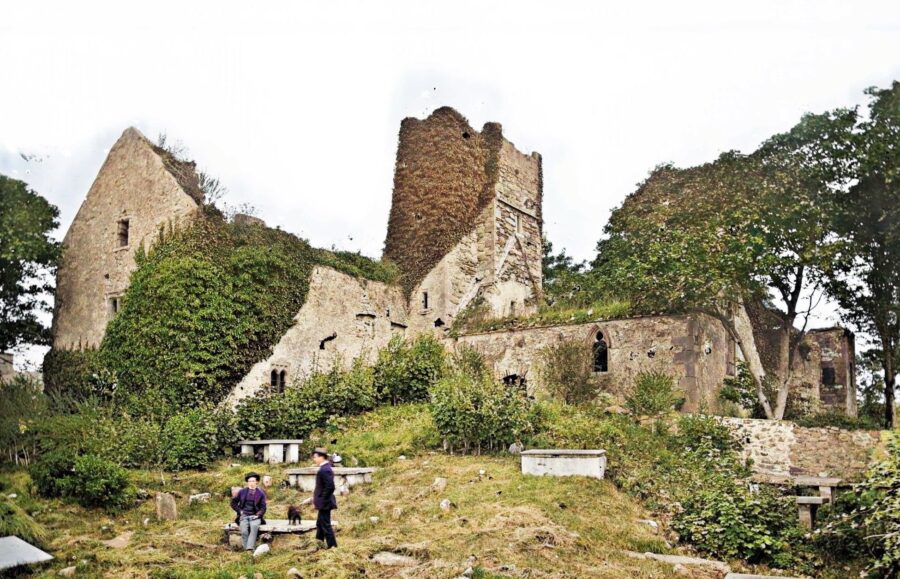
Conflicts and Seizures
Throughout its early history, the abbey witnessed numerous conflicts and changes in ownership, which significantly impacted its structure and function. In 1595, during a period of intensified English military campaigns in Ireland, the abbey was plundered by Captain George Bingham from Sligo, and sacred vessels were taken.
In 1601, Captain Ralph Bingley commandeered the site, using it as a barracks for his force of 150 men. The military use of the abbey continued until 1603 when King James VI granted it to James Fullerton.
Transformation into a Bishop’s Residence
The abbey underwent a significant transformation in 1617 when it came into the possession of Bishop Andrew Knox. Knox converted the building into a palace for himself, adapting the ecclesiastical structure into a residential castle. This adaptation included extensive modifications, allowing it to serve as a suitable residence for the bishop and his successors. The building continued to be inhabited by the Knox family until the end of the 17th century, after which it fell into dereliction.
Abandonment and Decline
By the 19th century, Rathmullan Abbey had been largely abandoned. The chancel of the abbey continued to function as a parish church until 1814, after which the entire structure was left to deteriorate. Over the years, the building became concealed under layers of ivy, and various sections collapsed, rendering it unsafe for public access.
Recent Conservation Efforts
In 2015, due to safety concerns, the abbey was closed to the public. However, a significant restoration project was initiated by Donegal County Council, supported by various local heritage and community groups. The conservation work, completed in recent years, involved the removal of overgrowth, consolidation of the stonework, and careful restoration of the historic fabric of the building.
This work was carried out under the supervision of conservation experts and with the consent of the National Monuments Service. The approach aimed at minimal intervention to preserve the integrity of the original structure while making it accessible and understandable to the public.
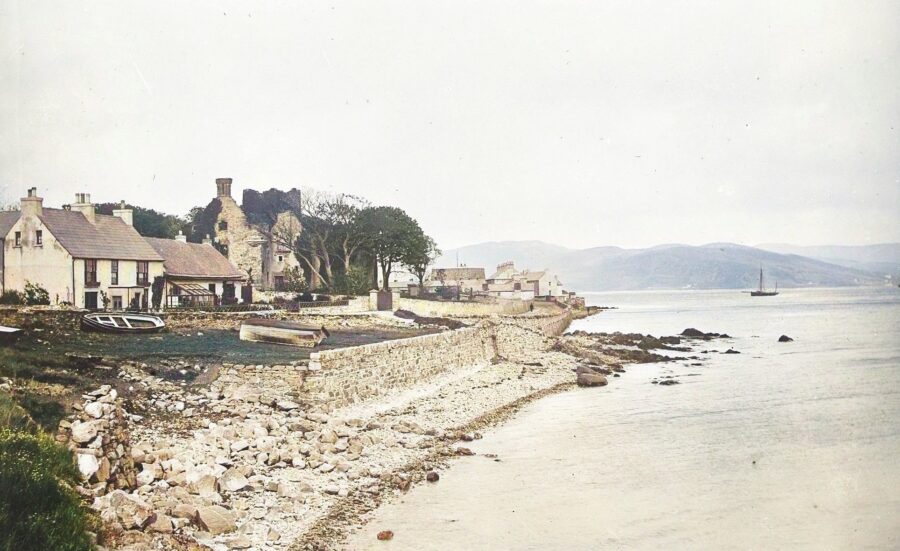


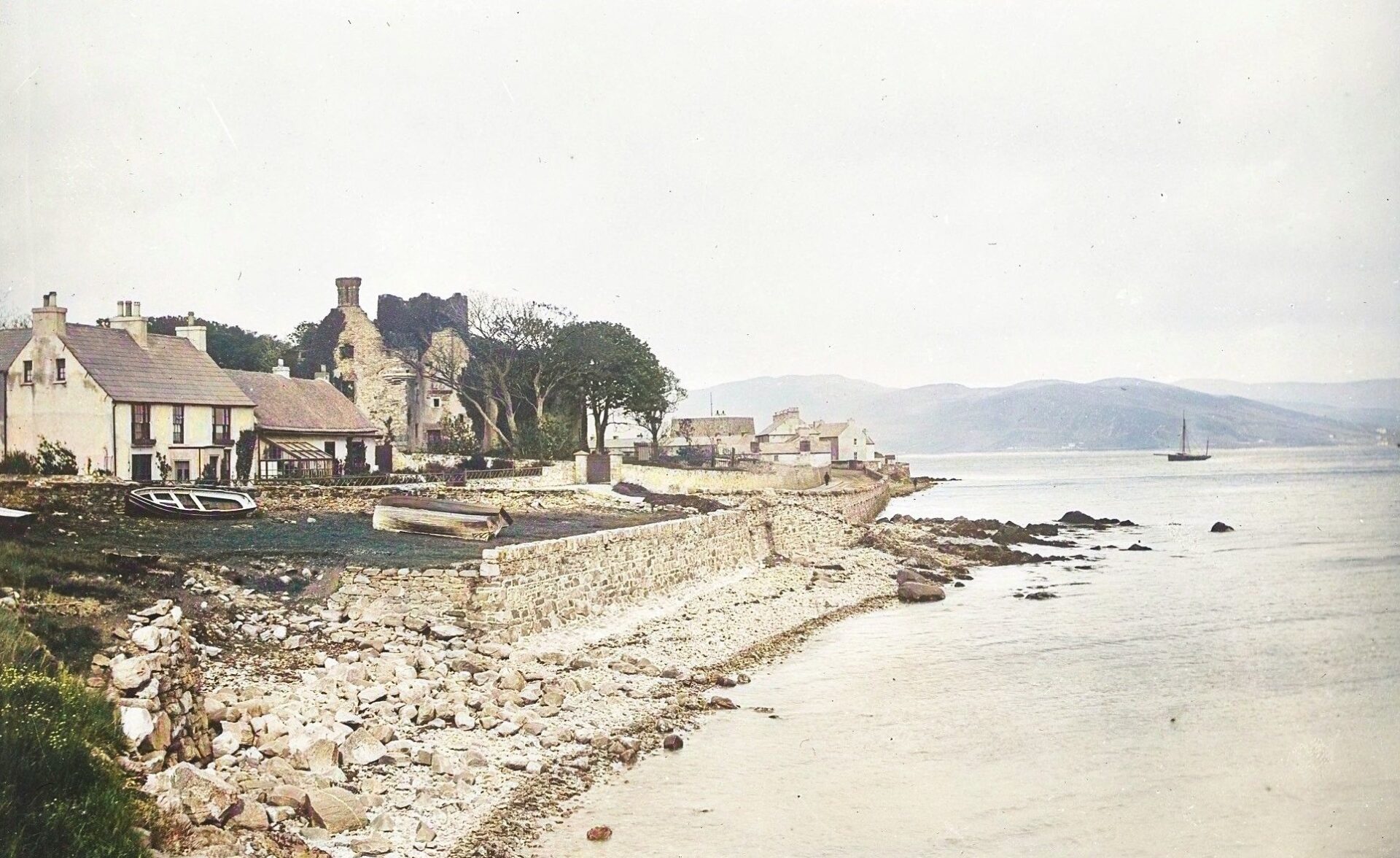
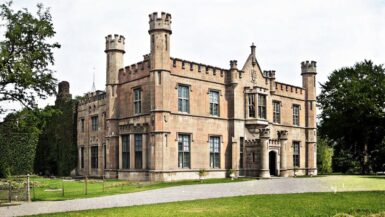
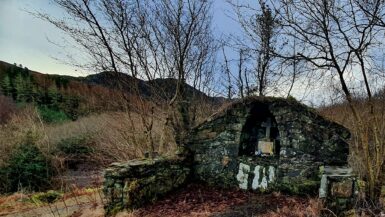
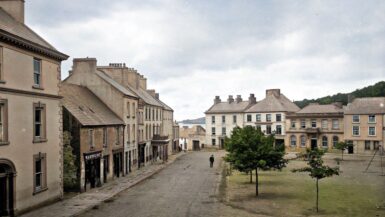
Leave a reply